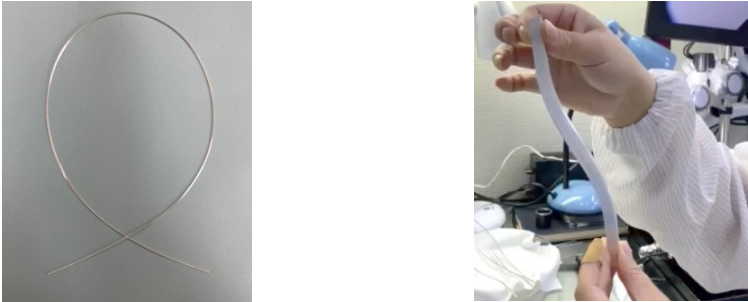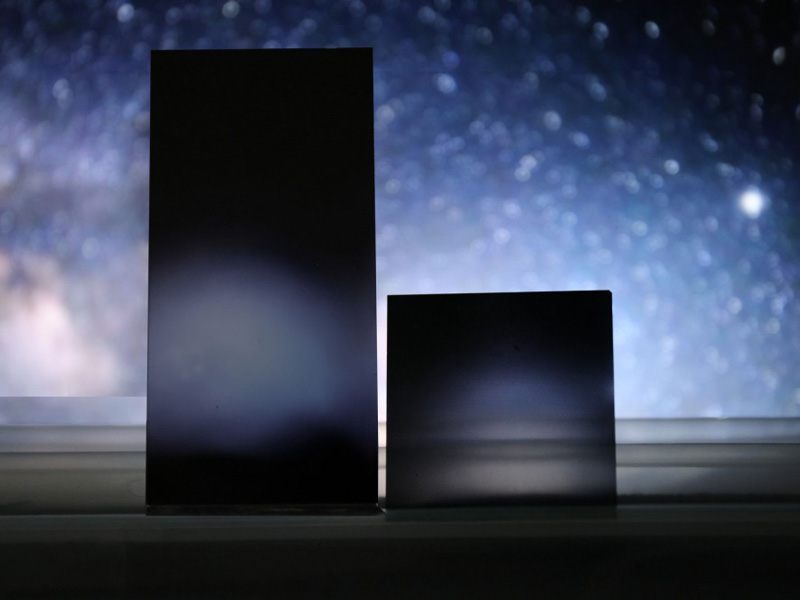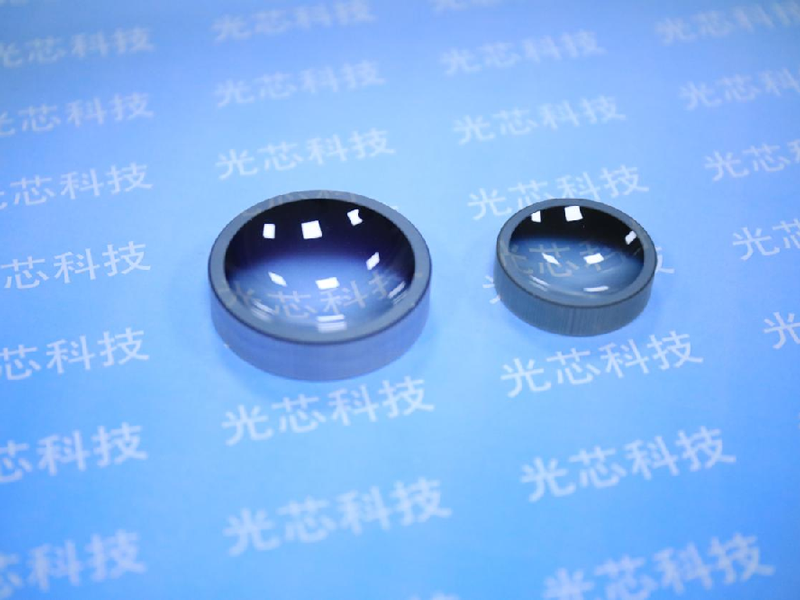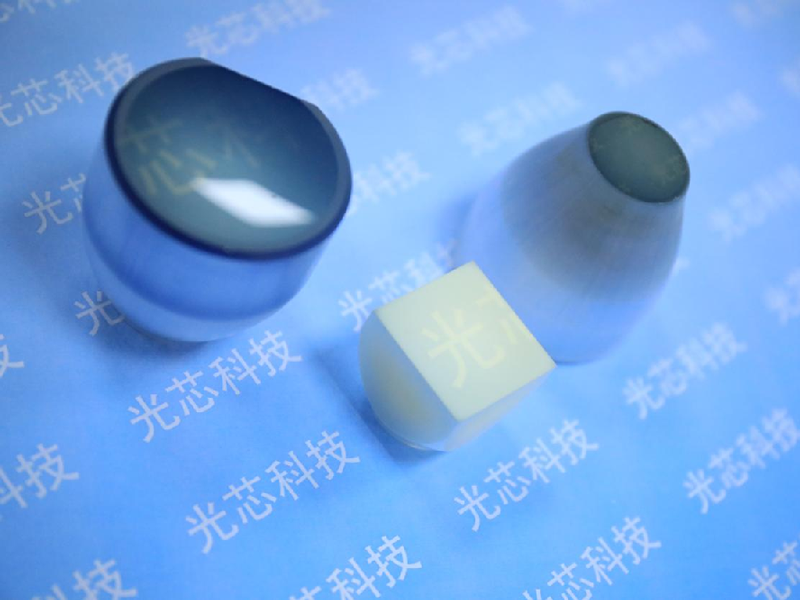1、 Medical field

Fiber optic image bundles were first applied in the fields of medicine and industrial testing. The successful application of medical endoscopes made with fiber optic imaging bundles as the key core component in medical treatment has brought about a revolution in medical methods. In 1868, Kussmaul first applied gastroscopy to the human body. Afterwards, people gradually applied the hard or soft endoscopes of lens systems and prism systems to many parts of the human body. At present, due to the characteristics of fiber optic endoscopes and the productization of fine diameter fiber optic endoscopes, medical diagnostic fiber optic endoscopes have become ideal medical diagnostic and treatment tools. For example, as an excellent supplement to traditional angiography, vascular endoscopy brings good news to people who are allergic to angiography; By using an intracranial endoscope, without the need for craniotomy, only a small hole needs to be drilled in the skull to perform brain tumor resection surgery; Spinal endoscopy can be used to examine and diagnose non infectious severe arachnoid inflammation, as well as to diagnose the liver, kidneys, and muscles; Early diagnosis of pancreatic cancer and pancreatic diseases can be made with pancreatic endoscope; Endoscopy can be used to treat retinal detachment, and so on. Almost all human ducts and cavities have corresponding endoscopes, such as bronchoscopy, choledochoscopy, hysteroscopy, pharyngoscopy, and sinus endoscopy, and can also be used for open surgical treatment.
2、 Industrial sector
The application of fiber optic industrial endoscopes involves fields such as chemical, electrical, automotive, aircraft, pressure vessels, and construction. For example, fiber optic industrial endoscopes can be used to monitor the combustion status of boiler flames, increasing the information obtained from monitoring by four orders of magnitude. This not only determines the stability of the flames, but also identifies the shape of the flames, ensuring the safe combustion of power plant boilers; Fiber optic endoscopes are also effective in detecting damage or corrosion to electrical equipment such as boilers, steam turbines, transformers, and searching for falling objects; In addition, fiber optic endoscopes can also be used to check the wear, carbon buildup, and blockage of engines, transmissions, silencers, and fuel pipes, and are widely used in the automotive repair industry. For example, observing images of the engine before and after cleaning using an endoscope and comparing them can provide a visual understanding of the cleaning effect. In automobile production, non-destructive testing using endoscopes ensures that every engine in each production batch can be inspected, thereby ensuring quality and reducing costs.
3、 Military and security fields
Fiber optic image bundles in the military and security fields are widely used in many departments due to their advantages such as light weight, flexibility, radiation resistance, and resistance to high and low temperatures. For example, military reconnaissance periscopes require the ability to detect and distinguish targets from a long distance. The flexible fiber optic image beam periscope can use wavelength division multiplexing technology to eliminate the grid phenomenon of fiber optic image beams and the impact of broken wires on image quality. The system resolution can reach 60 lp/mm, meeting the requirements of field troops to discover vehicles within 3 km and personnel activities within 1 km. In order to meet the requirements of anti-terrorism and anti hostage taking, people have developed a fiber optic image transmission red dot sight. By utilizing the flexibility and periscope capabilities of fiber optic imaging systems, shooters can effectively conceal themselves and quickly aim and shoot to defeat enemies at close range under severe threat of enemy destruction. In order to ensure social stability and combat criminals, the reconnaissance and case solving methods used by public security personnel are becoming increasingly high-tech. The imaging endoscope developed by Nanjing Fiberglass Institute effectively detects hidden objects in enclosed cavities in drug smuggling investigations, replacing imported products.
Excerpt from an article on Zizhiwang titled "Fiber optic Image Beams in Optical Systems"












